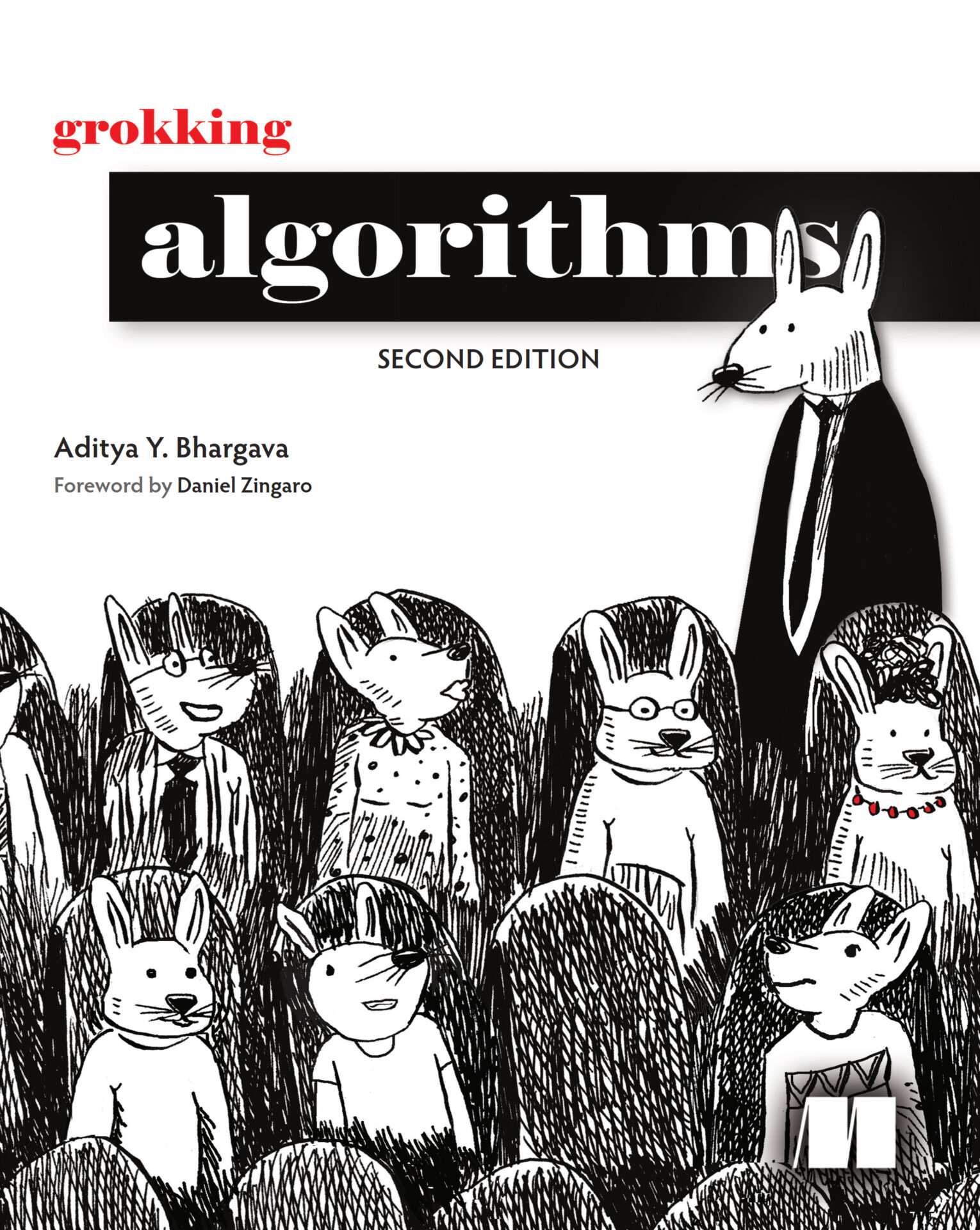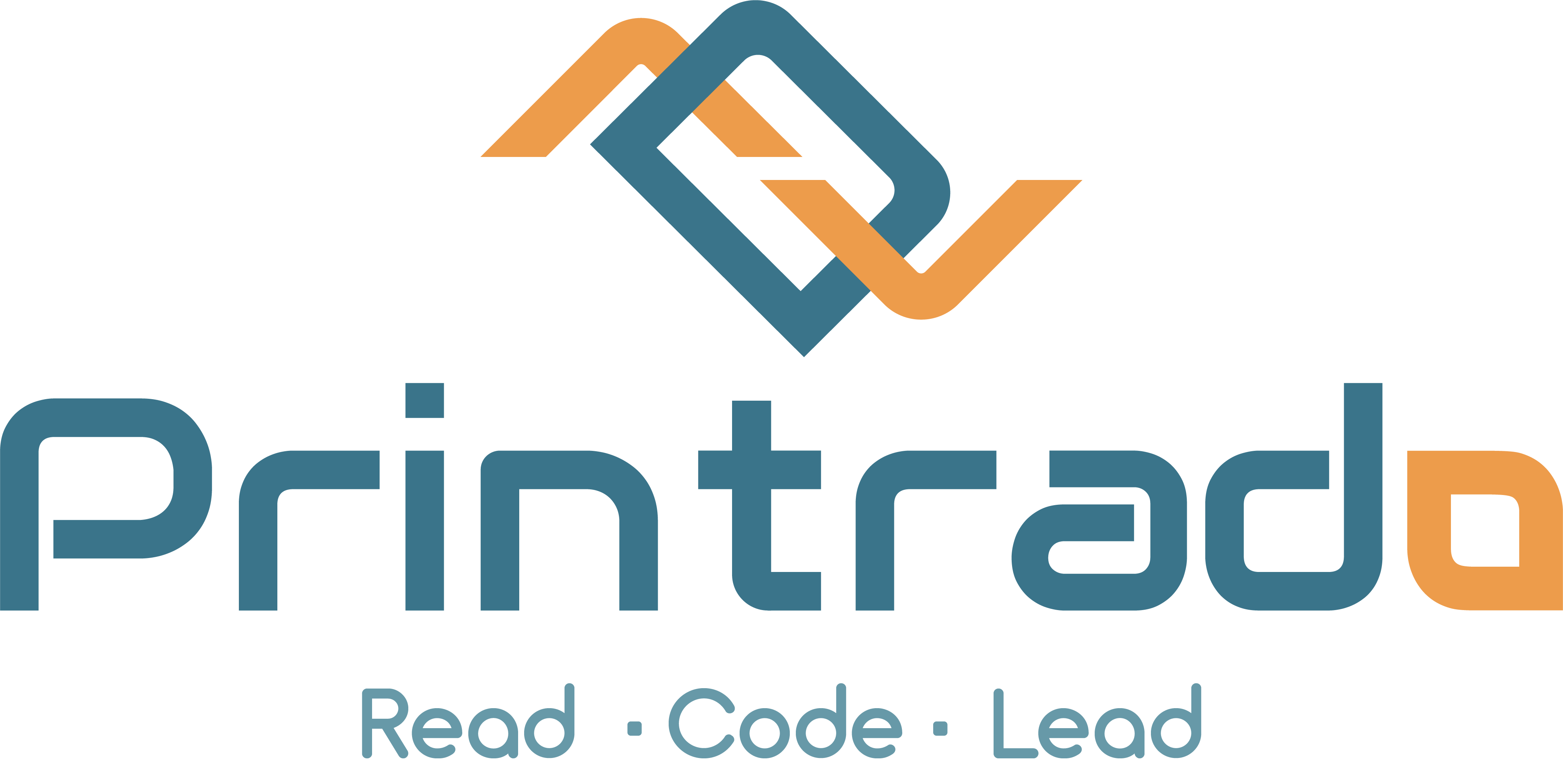Blog
Book Summary: “Grokking Algorithms: An Illustrated Guide for Programmers and Other Curious People” by Aditya Bhargava

Chapter 1: Introduction to Algorithms
- Objective: Introduce fundamental algorithmic concepts and their practical applications.
- Details:
- Explain what algorithms are and why they are crucial in computing—use real-world analogies, like recipes in cooking.
- Introduce binary search, demonstrating its efficiency compared to linear search through a hypothetical problem of finding a name in a sorted list.
- Discuss Big O notation to give a foundational understanding of algorithm performance measurement.
- Visual Aids:
- Graphical comparison of the performance (time complexity) between linear and binary search.
- Simple charts explaining Big O notation complexities like O(1), O(n), O(log n).
- Practical Example:
- Step-by-step breakdown of binary search, perhaps using a list of sorted numbers and showing each step of the division process.
Chapter 2: Selection Sort
- Objective: Explore the selection sort algorithm and compare data structures.
- Details:
- Describe how selection sort works by repeatedly finding the minimum element from the unsorted section and moving it to the beginning.
- Compare and contrast arrays and linked lists in terms of memory allocation, access time, and structure.
- Discuss the implications of each structure on the performance of selection sort.
- Visual Aids:
- Diagrams illustrating the process of selection sort on an array of numbers.
- Comparative diagrams of arrays and linked lists showing memory usage.
- Practical Example:
- Provide pseudo-code or actual code of selection sort, highlighting how the algorithm iterates through the list.
Chapter 3: Recursion
- Objective: Explain the concept of recursion with practical applications and implications.
- Details:
- Define recursion and differentiate between the base case and the recursive case.
- Discuss the use of the stack in managing recursive calls, highlighting how each function call is stored.
- Explain common pitfalls, like stack overflow and infinite recursion, and when to use recursion versus iteration.
- Visual Aids:
- Recursive function call diagram showing stack frames.
- Example of a recursive tree for a simple function like factorial calculation.
- Practical Example:
- Recursive code for computing factorials and an example showing the stack growth with each recursive call.
Chapter 4: Quicksort
- Objective: Detail the quicksort sorting algorithm using the divide-and-conquer strategy.
- Details:
- Explain the divide-and-conquer approach and how it applies to quicksort.
- Walk through the algorithm steps: choosing a pivot, partitioning array elements, and recursively sorting the partitions.
- Discuss the best, average, and worst-case scenarios in Big O notation.
- Visual Aids:
- Step-by-step flowchart of the quicksort process.
- Graph showing the time complexity in different cases.
- Practical Example:
- Provide a code snippet of quicksort and illustrate with an example array how each step modifies the array.
Chapter 5: Hash Tables
- Objective: Understand hash tables, their implementation, and common use cases.
- Details:
- Define hash tables and hash functions, emphasizing the role of good hash functions in minimizing collisions.
- Discuss various techniques for handling collisions, such as chaining and open addressing.
- Explore practical applications of hash tables in software development.
- Visual Aids:
- Diagrams showing hashing, the resulting hash table, and collision resolution strategies.
- Practical Example:
- Code examples illustrating basic operations like insertion, deletion, and accessing elements in a hash table.
Chapter 6: Breadth-First Search
- Objective: Explore graph theory fundamentals with a focus on breadth-first search (BFS).
- Details:
- Define graphs, explaining vertices and edges, directed and undirected graphs.
- Provide a detailed explanation of BFS, including its use in finding the shortest path and components in a graph.
- Discuss BFS algorithm complexity and possible optimizations.
- Visual Aids:
- Annotated diagram of a graph being traversed using BFS.
- Practical Example:
- BFS algorithm implementation with a sample graph data and step-by-step traversal result.
